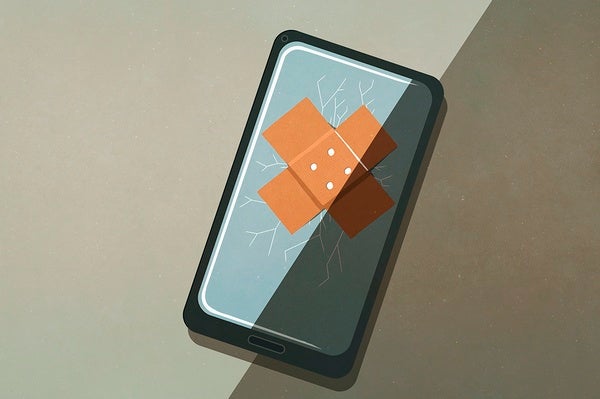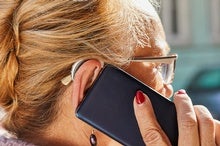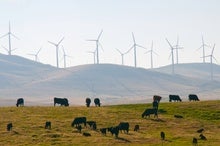 |
| October 17, 2023 |
Lately, it seems like every tech company has been bragging about its adoption of artificial intelligence tools. But in many cases, this week's lead story argues, those tools are being used to cover up bad design decisions. These bloated designs have made some technology products much harder to use—and slapping an AI interface on top does nothing to fix the underlying problems. |
| |
 |
| |
| |
| |
| |
| Defense This Code Breaking Quaker Poet Hunted Nazis How Elizebeth Smith Friedman went from scouring Shakespeare for secret codes to taking down a Nazi spy ring | | By Katie Hafner,Carol Sutton Lewis,The Lost Women of Science Initiative | | | |
| |
| |
| |
| |
| QUOTE OF THE DAY
 "In its latest environmental report, Microsoft disclosed that its global water consumption spiked 34% from 2021 to 2022 (to nearly 1.7 billion gallons, or more than 2,500 Olympic-sized swimming pools), a sharp increase compared to previous years that outside researchers tie to its AI research." Matt O'Brien and Hannah Fingerhut, AP News | |
FROM THE ARCHIVE
 | | Safeguarding AI Is Up to Everyone The use of artificial intelligence is so varied and industry-specific, no one federal agency can manage it alone By The Editors | September 2023 | | |
LATEST ISSUES
 |
| |
| Questions? Comments?  | |
| Download the Scientific American App |
| |
| |




















